Recreation: National Trails Day
Thursday, June 5th, 2014This is Passport to Texas
National Trails Day, which is Saturday June 7 this year, encourages us to celebrate the outdoors on foot.
04— Most of our parks have programs and trail-type events every weekend of the year.
But, Thomas Wilhelm, with Texas State Parks, says there are special trail events around the state this Saturday.
12— Bastrop is having a special hike so you can see the rejuvenation efforts that are taking place in Bastrop following the wildfires. Estero Llano Grande and Resaca de la Palma down in the valley are having special bird-centric hikes.
There are other hiking events and even trail building, maintenance and repair opportunities at parks across the state, too. Thomas Wilhelm says, in the end, the point is to get outside and experience nature.
23— Being on the trails is the first step to really embracing nature. It’s low impact. You’re just doing something we do every day – you’re just doing it in a different atmosphere. So, you really get to experience things that you may overlook day-to-day, even though it’s right there beside you (even though it’s right there beside you). So, it starts people on the path to really appreciating nature and wildlife and everything that’s around them.
Find information about National Trails Day and Texas State Parks trail information at texasstateparks.org.
For Texas Parks and Wildlife, I’m Cecilia Nasti.
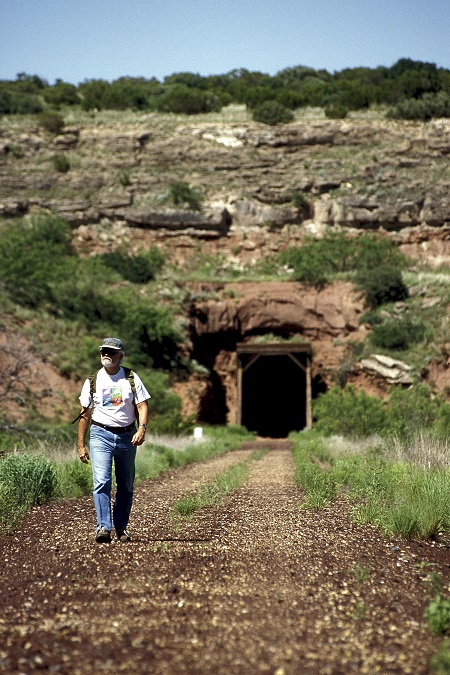

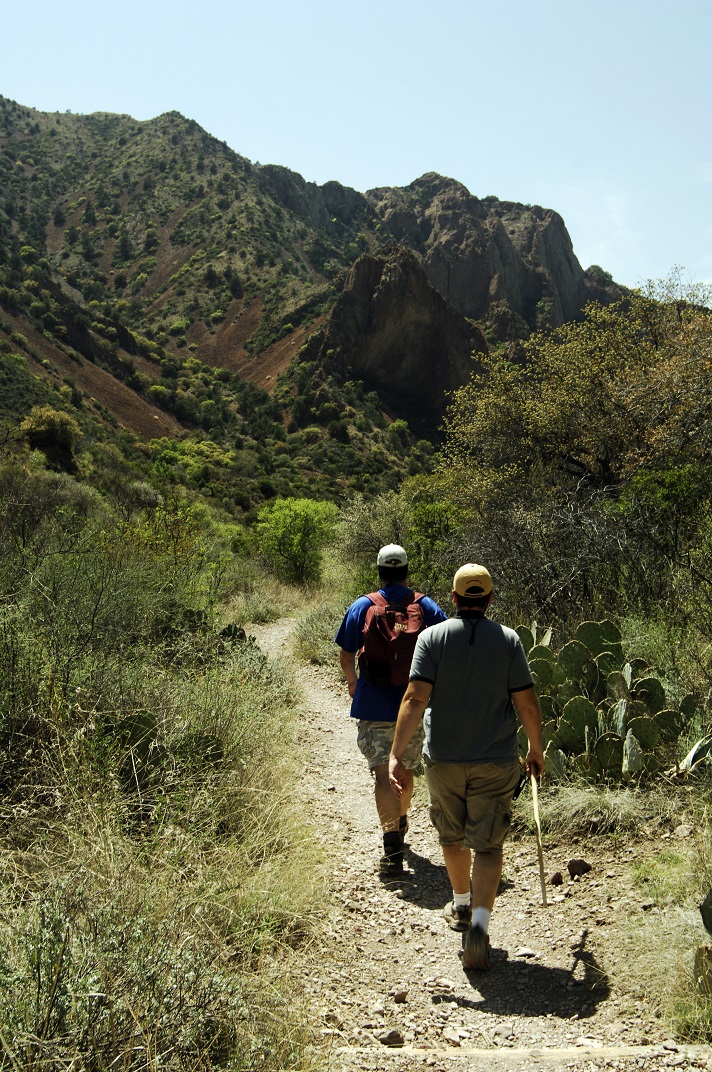
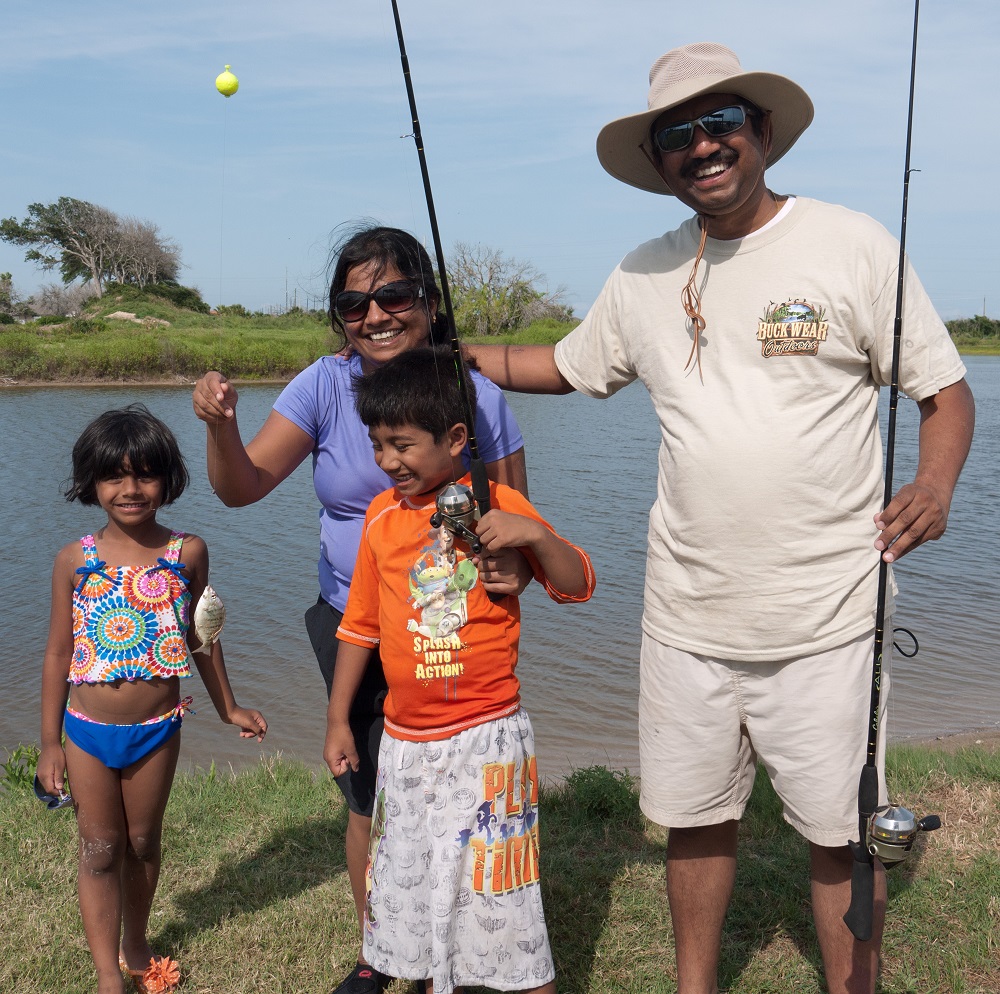
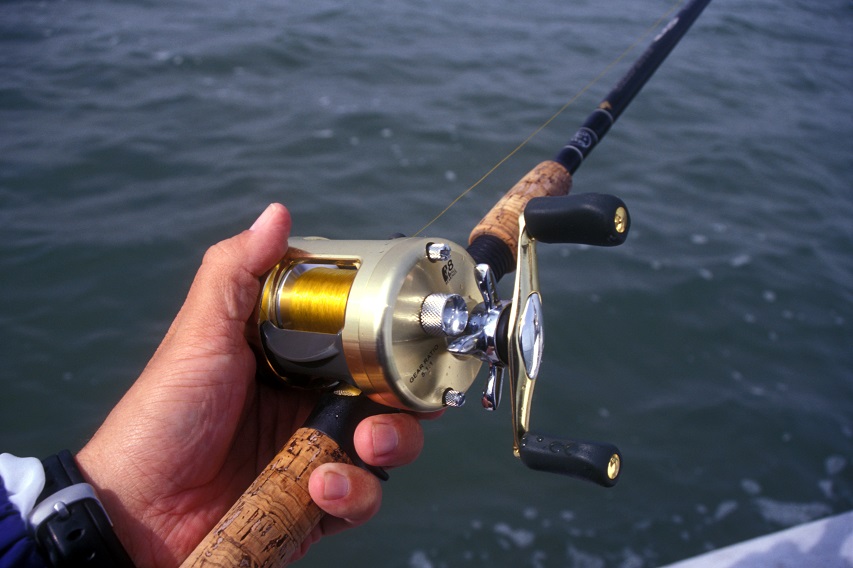
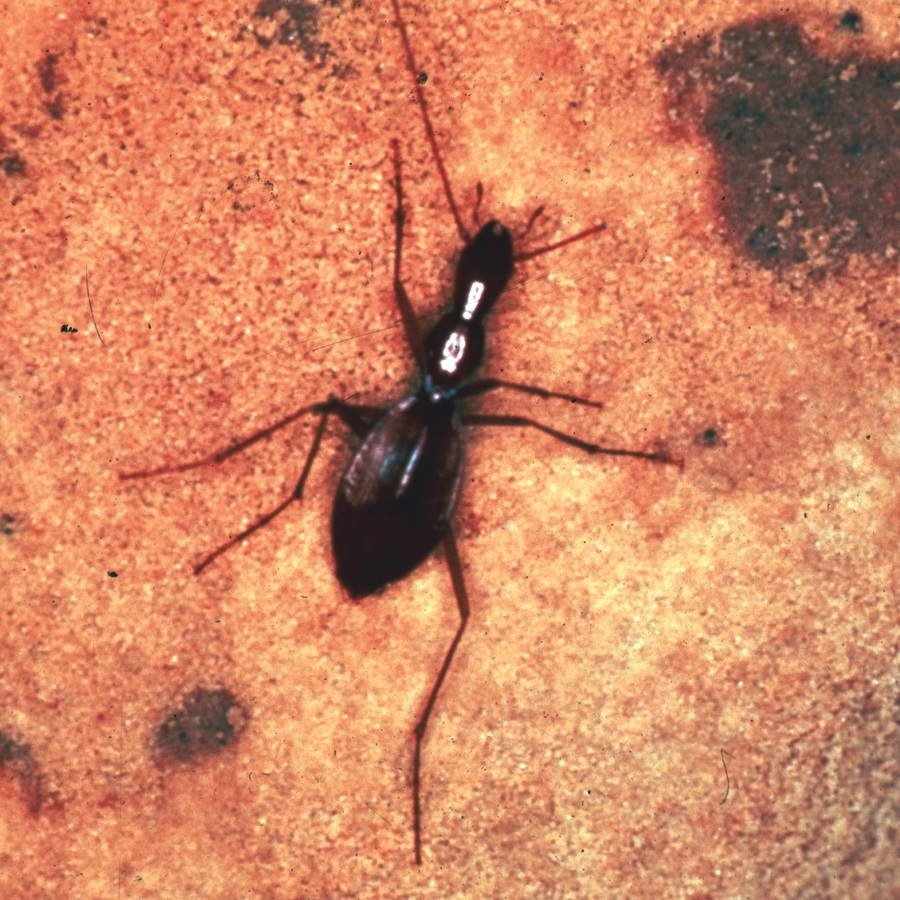

 Passport to Texas is a
Passport to Texas is a  Passport to Texas is made available by:
Passport to Texas is made available by: